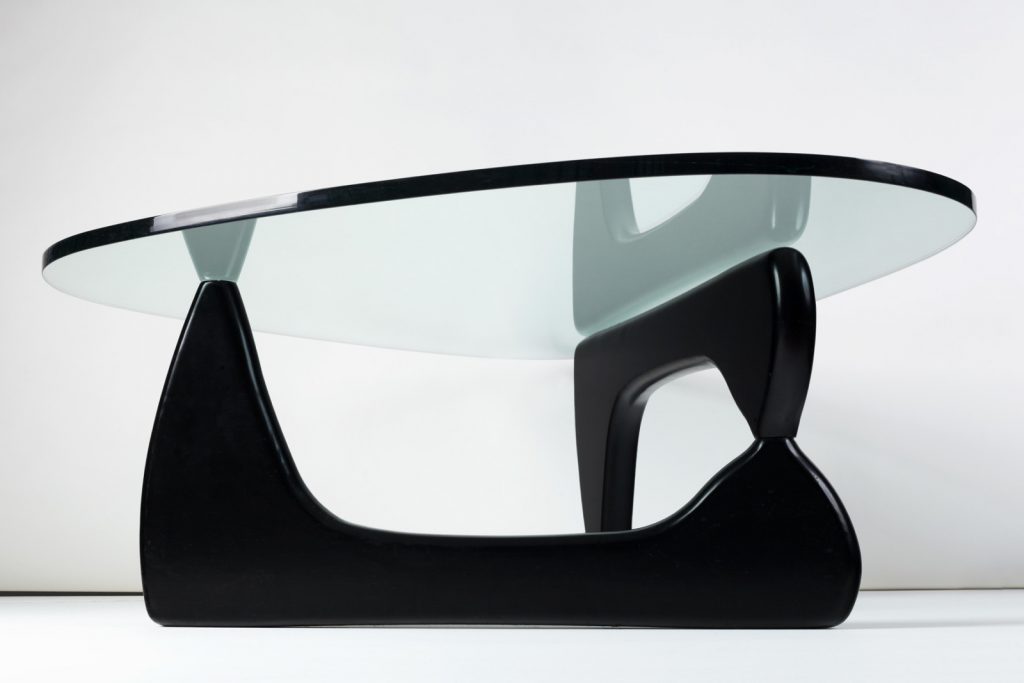Artists create unique piece for a limited audience. Designers create for scale. The tension exists between creating something that works and building something that’s repeatable.
This tension came up in conversation around the article I wrote about Kenji Kawakami and the art of Chindōgu. The principle is employing playful anarchy to bring security controls from useless to un-useless to useful. People were quick to point out that quantifiable, repeatable, scalable security is jeopardized by the ad hoc chaos of creation.
For guidance, look to George Nelson who was the Director of Design for Herman Miller from 1947 to 1972. One of the first designs George Nelson brought forward was a “sculpture-for-use” table by Isamu Noguchi. Sculpture remade as a repeatable product. Nelson also managed designers such as Charles and Ray Eames, Alexander Girard, and Robert Propst. It’s a simple comparison to draw from furniture to technology, from the difficulty of managing people like the Eames to the difficulty of managing today’s cybersecurity talent.
Here is how Nelson did it for twenty-five years:
Philosophy. Reading George Nelson’s introduction to the Herman Miller catalog in light of the intrinsic motivation framework laid out in the book Drive. Autonomy, mastery, purpose. Nelson’s philosophy is finely tuned for getting the best out of innovative people. An unstated undercurrent is that designs must be producible. After all, Herman Miller is a business. The trick was to protect the playful anarchy while harnessing the results for manufacturing at scale. “There is a hint of the craftsman as opposed to the industrialist.”
Methodology. In modern times, George Nelson has been described as a meta-designer. That is, he spent more time designing the furniture design process than he spent designing the actual furniture. While he retired some twenty years before the founding of IDEO, Nelson would have been right at home in the world of design thinking. He pioneered a formal way to go from a series of conversations, to a series of prototypes, to a finished product. Along the way, capturing information and providing feedback to refine not only the design but also the lifecycle itself. Nelson’s approach was showcased in the “The Design Process at Herman Miller” exhibit in 1975.
The challenge in cyber security design is taking a successful proof-of-concept and scaling from prototype to securing the overall organization. How to balance the artist with the designer? The craftsman with the industrialist? Playful anarchy to well-defined operations? Nelson held a philosophy geared to foster those intrinsic motivations of the creative mind. He created a methodology for taking ideas to market. George Nelson combined both into his meta-design approach.
For security leadership to get meta, develop a philosophy and methodology, design a way to design, and improve based on feedback.
Philosophy drives the satisfaction of our people. Methodology drives the success of our initiatives. We need both, and both need continuous improvement.

This article is part of a series on designing cyber security capabilities. To see other articles in the series, including a full list of design principles, click here.
Posted by